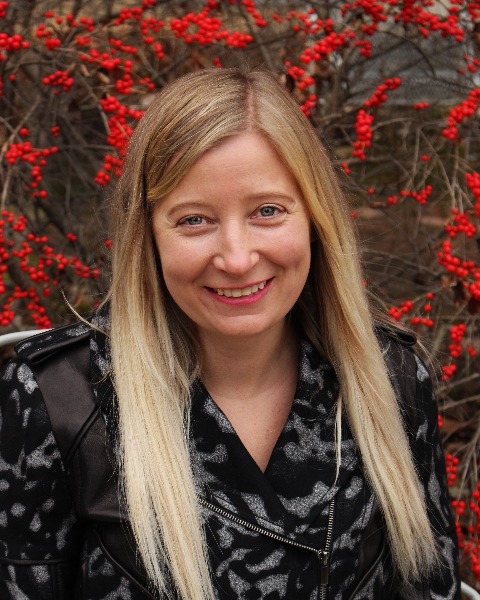Section Symposium
Plant-Insect Ecosystems
Formal and Informal Teaching
Poster Display
SD02: Community preferences for vacant lot greening
.jpg)
Caralee Shepard
Graduate Student
The Ohio State University
Columbus, Ohio- MR
Mary Rodriguez
The Ohio State University
Columbus, Ohio 
Mary Margaret Gardiner (she/her/hers)
Professor
The Ohio State University
Columbus, Ohio
Presenting Author(s)
Co-Author(s)
Legacy cities have experienced protracted population loss resulting in large holdings of vacant land. Vacant lots are typically mown monthly, supporting bloom of urban spontaneous vegetation. These greenspaces have been found to support species rich communities of wild pollinators. Given their spatial extent and demonstrated potential for bee conservation, many extension-officials and conservation-minded individuals are motivated to improve the quality of vacant land in their community. Such efforts include seeding vacant land with low-growing flowers and establishing “pocket-prairies” of Ohio wildflowers. This effort to transform vacant land into bee habitat is not uniformly supported. In lower-income legacy-city neighborhoods vacant land is a visible indicator of instability, lack of care, and a reminder of loss. These spaces represent institutional and individual disinvestment and discrimination and undermine the perceived and actual safety of residents, with implications for their physical and mental health. Our goal was to utilize a survey-based approach to determine the drivers of management preference of bee habitat in vacant lots. Further, we explored resident’s requirements for landscaping aesthetics that need to be employed for pollinator habitat to be supported. We found evidence supporting the hypothesis that there were localized trends in habitat preferences, and found that choice of management preferences was driven by aesthetics, potential environmental impact, and foreseen interactions with the vacant lot.

.png)
